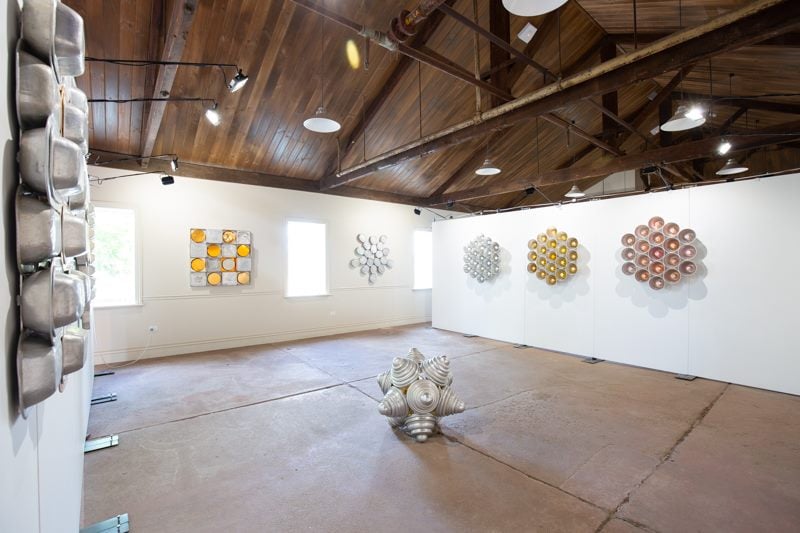Art & Exhibitions
Crushed by Debt, the Biennial of Australian Art Has Folded With Dozens of Artists Still Awaiting Payment
The event was intended to draw tourists to a small Australian town.

The event was intended to draw tourists to a small Australian town.

Hili Perlson

A sprawling, ambitious art festival described as “the largest ever showcase of Australian artists” has folded and found itself deeply in debt after generating lackluster ticket sales.
Like many upstart art events in regional locales, the inaugural Biennale of Australian Art (BOAA) was intended to invigorate and boost tourism in the town of Ballart, Victoria, which became famous as the center of a gold rush in the 19th century. Now, however, dozens of unpaid artists, contractors, and other workers involved in the project say they are owed hundreds of thousands of dollars and have nearly given up all hope of being paid.
The six-week festival was the brainchild of Ballart resident Julie Collins, a former curator of the Lorne Sculpture Biennale. It opened in fall 2018 with more than 1,500 works on view as well as performances across 60 locations around the city. The ambitious undertaking received funding from the state and local governments and boasted a budget of A$365,000 ($251,000).
But in early May, more than six months after the festival closed, Collins sent an email to more than 150 participating artists notifying them that outstanding payments would be delayed, ABC Australia reported. Collins then posted a message to the biennial’s Facebook page on May 3, saying: “It is with great sadness that I announce the decision has been made to put BOAA into administration,” a legal procedure similar to bankruptcy in the United States.
“As you can imagine we are devastated by this situation, it was always our intention to make sure everyone got paid and to be in a position to present BOAA 2020,” she wrote. “It’s heartbreaking not to be able to fulfill these promises.” (Collins did not respond to a request for additional comment from artnet News.)
Now, the liquidators’ report has been made public. It shows that the biennial owes a total of A$473,688 ($291,870), but its assets are valued at less than a tenth of that number.
According to Australian media reports, the financial disaster should not have been a surprise. The projected ticket sales were overly optimistic and a bevy of events were free. By late October 2018, the festival knew it had a deficit of more than A$700,000 ($481,145), which led to the resignation of the majority of the board, according to the Guardian.
Among the individuals owed money by the organization is Perth-based artist Tanya Schultz, whose work Each Sunny Day is a Piece of Gold—which she created under the moniker Pip & Pop—was featured in press photos of Collins when she announced, in September 2018, that government funding for the project had been secured. Schultz is still waiting for a payment of A$21,000 ($14,500) for the piece. Painter Kim Anderson also claims that her work was sold during the biennial in a transaction brokered by the organizers, but she has yet to receive any proceeds from the sale.
In the wake of the shortfall, Collins began new efforts to raise money and secure donations and sponsorship to make up for the losses. She even held an event, called BarBOAA, with leftover wine and beer from the festival with the goal of using the money to pay back the debts. But this month, it became clear that no sudden flow of cash was going to materialize.
“There are no winners,” Collins told the Guardian. “I feel completely terrible.”